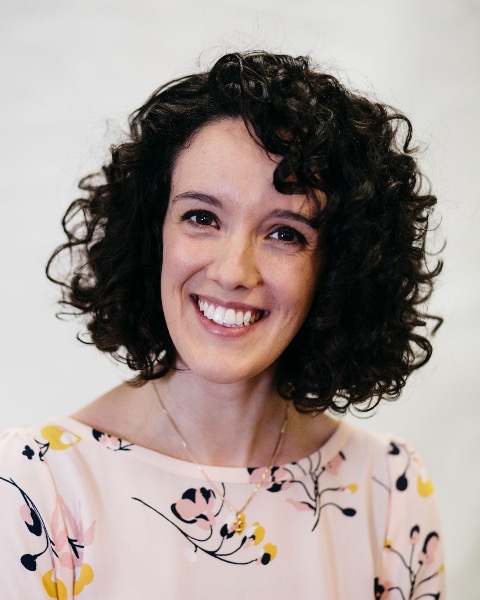Neonatal Nephrology/AKI
Neonatal Nephrology/AKI 1
223 - Rates of Acute Kidney Injury, Fluid Overload, and Renal Replacement Therapy in Neonates on Extracorporeal Membrane Oxygenation
Saturday, April 29, 2023
3:30 PM - 6:00 PM ET
Poster Number: 223
Publication Number: 223.242
Publication Number: 223.242
Claire L. Tanager, Nationwide Children's Hospital, Columbus, OH, United States; Amee M. Bigelow, Nationwide Children's Hospital, Columbus, OH, United States; Brett Klamer, Ohio State University College of Medicine, Columbus, OH, United States; Tahagod Mohamed, Nationwide Children's Hospital, Columbus, OH, United States

Claire L. Tanager, MD (she/her/hers)
Pediatric Resident
Nationwide Children's Hospital
Columbus, Ohio, United States
Presenting Author(s)
Background:
Background: Critically ill neonates experience end-organ dysfunction, including acute kidney injury (AKI). AKI and resultant fluid overload in neonates has previously been shown to be an independent risk factor for morbidity, mortality and prolonged hospital stay. Neonates with severe AKI may require kidney support therapy (KST) to manage the complications of AKI including oliguria, anuria, fluid overload and clearance of solutes. Neonatal KST modalities include peritoneal dialysis, continuous renal replacement therapy (CRRT) and hemodialysis. Extracorporeal Membrane Oxygenation (ECMO) is an advanced life support therapy utilized when patients have failed conventional therapies. There is not a well defined prediction model for which neonatal patients requiring ECMO develop AKI and the need for KST. We herein sought to identify incidence of AKI and need for KST in neonates on ECMO support at our single institution. We also report clinical outcomes of this patient cohort.
Objective:
Objectives: To report the incidence of AKI in neonates on ECMO and to outline the modalities of KST used in this population at our single institution. We also evaluated the outcomes associated with AKI and KST in the setting of ECMO.
Design/Methods: Methods: Retrospective cohort study of neonates less than 28 days old who required ECMO in a single institution over 10 years. Demographic data was collected including age, sex, gestational age, underlying diagnosis, indication for ECMO, daily creatinine, daily intake and output, need for KST, nephrology consultant utilization, and outcome (mortality vs CKD vs no lasting kidney injury). AKI was defined by two different metrics: urine output (UOP) and serum creatinine (sCr) according to the neonatal modification of KDIGO AKI criteria.
Results:
Results: Of the 92 neonates who received ECMO, AKI occurred in 54% (49/92) as defined by UOP, and in 34% (30/92) as defined by sCr. 72% (66/92) received KST of any type, and 65% (40/66) of those received fluid balance control in line with ECMO via ultrafiltration alone. 5% (5/92) developed CKD and 46% (43/92) of all neonates in the study died. 50% (33/66) of neonates who received KST died, compared to 38% (10/26) of neonates who did not receive KST. Nephrology was consulted in 31%(29/92) of neonates on ECMO.
Conclusion(s):
Conclusions: AKI is a well described complication seen in neonates who require ECMO support. At our institution, AKI affected 54% and 35% of neonates by urine output and sCr criteria, respectively. A majority of neonates on ECMO in our study required KST(66%).
